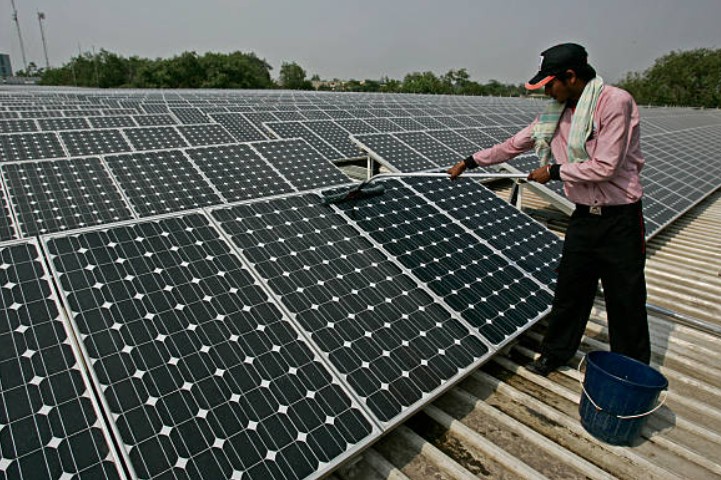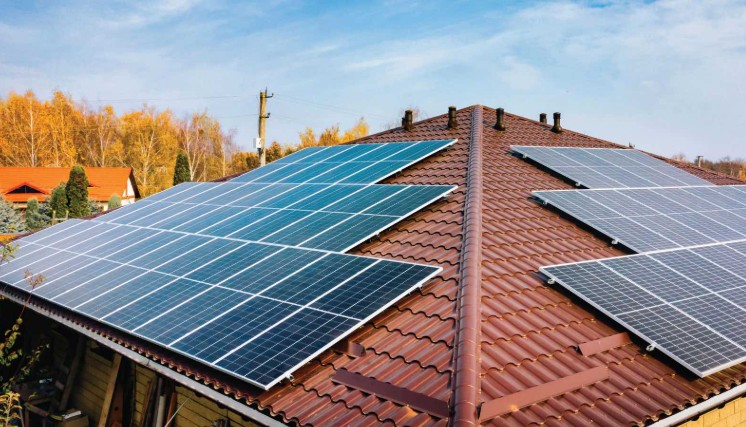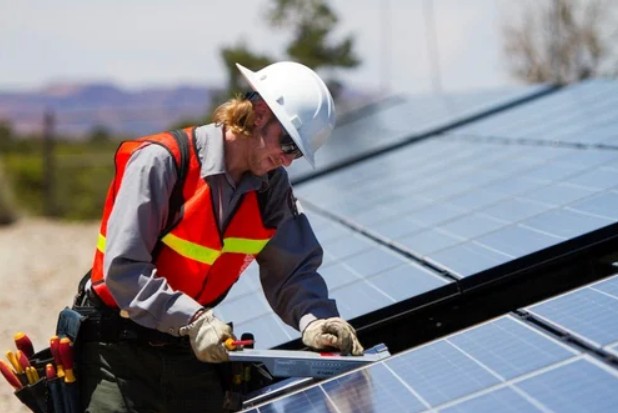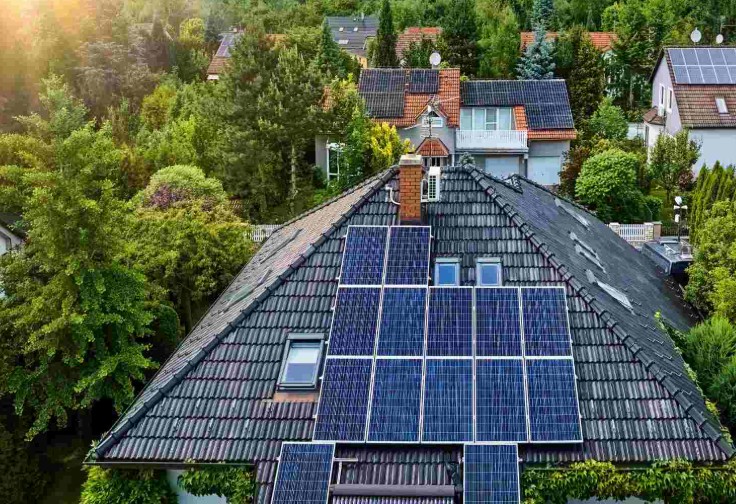Adopting solar energy is quickly emerging as a wise decision for homeowners across the UK. The question remains: How Many Solar Panels to Power a House? In this comprehensive guide, we explain everything from the basics to advanced considerations, including factors that impact your panel count, cost, installation specifics, and government incentives available in the UK. Read on to discover how you can maximise your home’s energy efficiency with solar power.
What key elements influence the number of solar panels required for your needs?

Breaking Down the Essentials
There are several key elements that determine the number of solar panels needed to completely power your home.
- Energy Consumption: Your household’s annual electricity usage (measured in kWh) is key.
- Panel Wattage: Most modern panels range between 350W and 400W.
- Sunlight Availability: UK solar irradiation varies by region, from 2.5 to 4.5 peak sunlight hours daily.
- Roof Space & Orientation: The size, angle, and direction (south-facing being ideal) affect performance.
Each of these variables will adjust the final panel count. Homeowners with high energy usage, a modest roof area, or shading issues may need different configurations compared to those with optimal conditions.
How Many Panels Might Your UK Home Require?
Estimating Your Solar Needs with a Table
The number of panels needed to power your home depends largely on your energy consumption and the wattage of your chosen panels. Consider the following approximate figures:
| Property Type | Annual Usage (kWh) | Typical Panel Wattage | Estimated Panels Needed |
| Small Home / 1-2 Bed Flat | 2,000 – 2,500 | 400W | 6 – 8 panels |
| Mid-sized Home / 3 Bed | 3,000 – 4,000 | 400W | 9 – 11 panels |
| Large Home / 4 Bed+ | 4,500 – 5,000+ | 400W | 12 – 15 panels |
Key Points:
- Energy Demand: A typical UK household consuming around 3,600 kWh annually might need a 3.5 to 4.5 kW system, usually translating to roughly 9 to 12 solar panels.
- Geographic Impact: Homes in sunnier locales (e.g., Southern England) may see marginally better performance than those in regions with less sunlight.
How Does Roof Orientation Impact Solar Panel Efficiency?

Is Your Roof Ready for Solar?
The orientation and inclination of your roof play a pivotal role in the system’s overall performance:
- South-Facing Roofs: These are optimal for energy production, maximizing sunlight exposure.
- East/West-Facing Roofs: Though still viable, they typically experience a 15–20% drop in efficiency.
- Flat Roofs: With the right mounting equipment, these can be just as effective, though installation might require additional considerations.
Additional Insight:
- Size Matters: Typically, each 400W panel occupies about 1.7 m². For a system using 10 panels, ensure you have at least 17 m² of unobstructed space.
What Are the Cost Considerations and Savings?
Evaluating the Investment
Understanding the financial aspects can greatly influence your decision:
| System Size (kW) | Avg Installation Cost (£) | Annual Savings (£) | Estimated Payback Period |
| 3 kW | £4,500 – £5,000 | £350 – £450 | 10 – 12 years |
| 4 kW | £5,500 – £6,000 | £500 – £650 | 8 – 10 years |
| 5 kW | £6,500 – £7,000 | £600 – £750 | 7 – 9 years |
Additional Benefits:
- Government Incentives: Schemes like the Smart Export Guarantee (SEG) allow you to earn by exporting surplus energy.
- Energy Independence: Reduced reliance on fluctuating energy markets can save you money and provide greater stability in your household energy bills.
Are There Other Hidden Factors to Consider?

Uncovering Solar Surprises
While calculating the solar panel count is crucial, several other considerations might affect your solar journey:
- Shading: Nearby trees or structures may reduce your solar output.
- Maintenance Requirements: Although solar panels require minimal upkeep, regular cleaning can prevent efficiency drops.
- Battery Storage: Options for storing excess energy can provide backup power during dark hours or emergencies.
- Future Energy Needs: Consider potential increases in home energy usage when estimating your needs.
Conclusion: So, How Many Solar Panels to Power a House?
In summary, finding out How Many Solar Panels to Power a House in the UK isn’t a one-size-fits-all process. A typical UK household will generally need between 8 and 12 panels to meet its energy demands, though this figure may vary based on your specific energy consumption, roof specifications, and geographic location. Exploring solar power not only contributes positively to the environment but also offers long-term financial benefits and increased property value.
Ready to Power Up with Solar?
Get in touch with a certified solar installer to assess your property and receive a tailored plan for maximising your solar potential in 2025 and beyond. The future is bright—make the switch to solar and join the growing number of UK households benefiting from renewable energy.
What Are the Frequently Asked Questions About Solar Panel Installations in the UK?
Can solar panels entirely power my UK home?
Yes, with the right system size and location, solar panels can offset up to 90–100% of your electricity requirements.
Is special permission required to install solar panels?
Typically no. Most solar installations in the UK are covered under Permitted Development Rights, though it’s advisable to check with your local council.
How long will my solar panels last?
Most panels come with warranties of 25–30 years, with very gradual efficiency degradation (around 0.5% per year).
Can I become fully off-grid with solar power in the UK?
It’s possible, but off-grid systems generally require extra investment in battery storage and possibly supplementary power sources.






